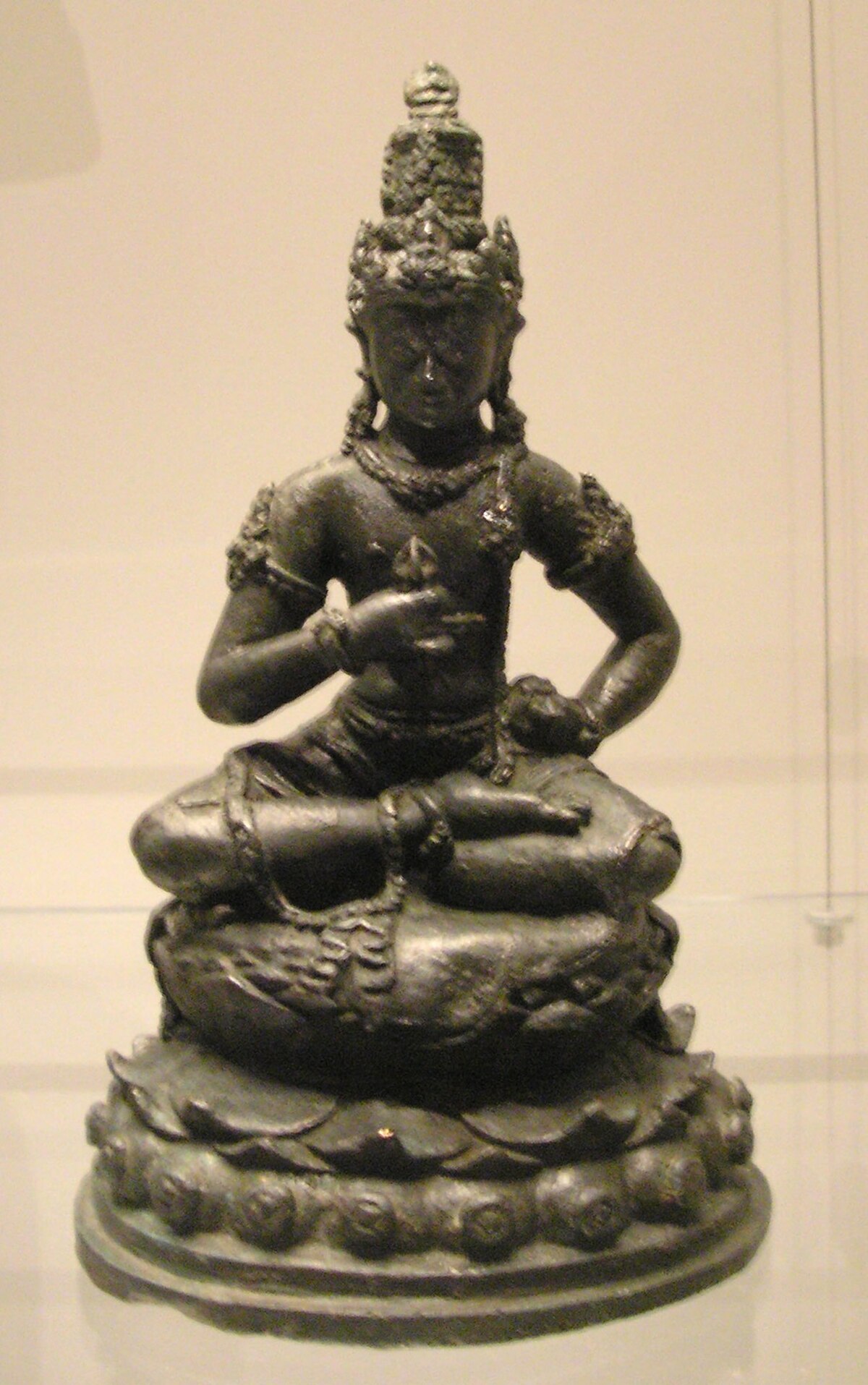
Kediri Kingdom
Kediri, East Java, IndonesiaThe Kingdom of Kediri was a Hindu-Buddhist Javanese Kingdom based in East Java from 1042 to around 1222. Kediri is the successor of Airlangga's Kahuripan kingdom, and thought as the continuation of Isyana Dynasty in Java. In 1042, Airlangga divided his kingdom of Kahuripan into two, Janggala and Panjalu (Kadiri), and abdicated in favour of his sons to live as an ascetic.
The Kediri kingdom existed alongside the Srivijaya empire based in Sumatra throughout 11th to 12th-century, and seems to have maintained trade relations with China and to some extent India. Chinese account identify this kingdom as Tsao-wa or Chao-wa (Java), numbers of Chinese records signify that Chinese explorers and traders frequented this kingdom. Relations with India were cultural one, as numbers of Javanese rakawi (poet or scholar) wrote literatures that been inspired by Hindu mythology, beliefs and epics such as Mahabharata and Ramayana.
In 11th-century, Srivijayan hegemony in Indonesian archipelago began to decline, marked by Rajendra Chola invasion to Malay Peninsula and Sumatra. The Chola king of Coromandel conquered Kedah from Srivijaya. The weakening of Srivijayan hegemony has enabled the formation of regional kingdoms, like Kediri, based on agriculture rather than trade. Later Kediri managed to control the spice trade routes to Maluku.
